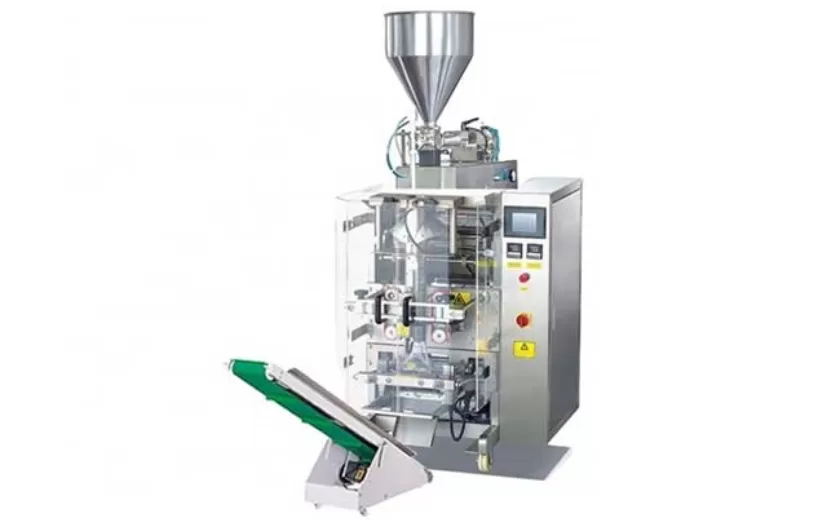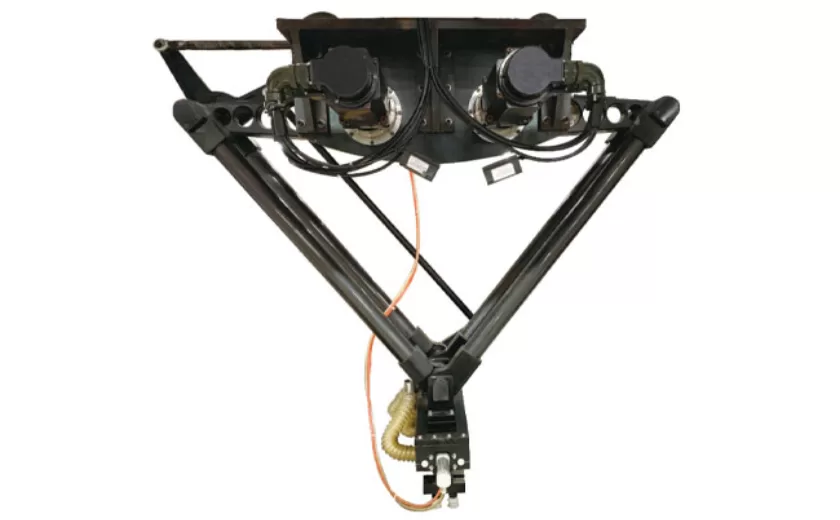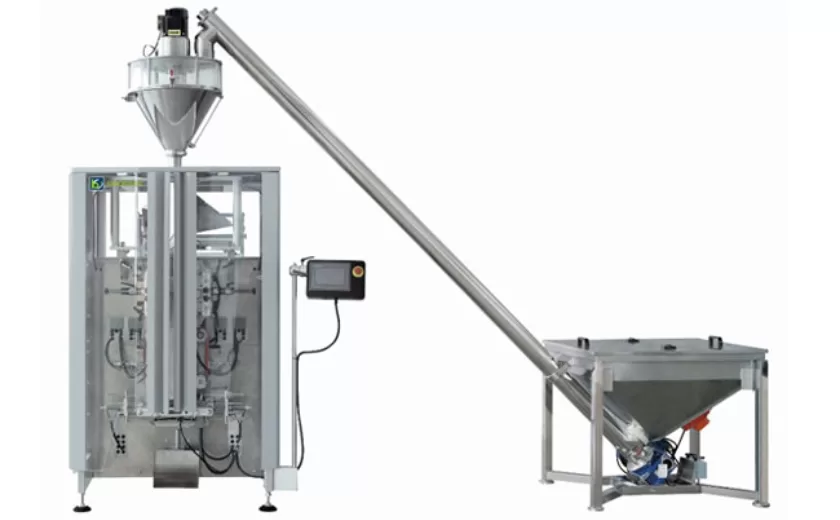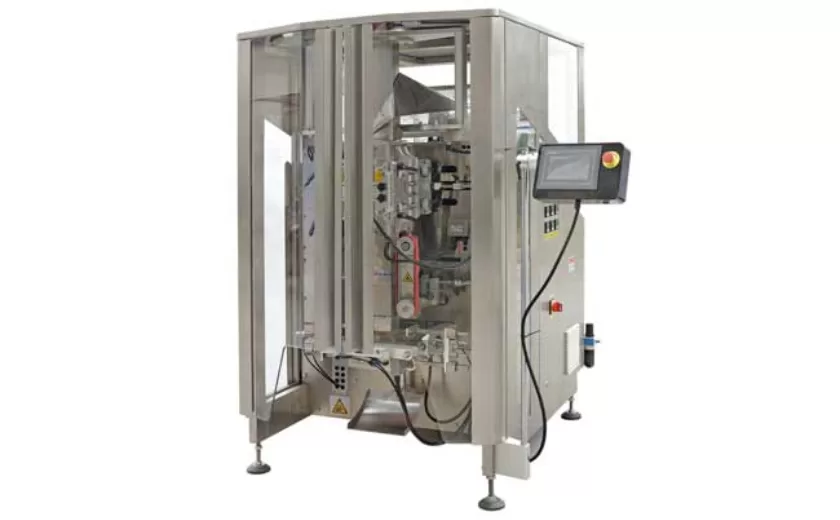Best Practices for Maintaining Hygiene in Sugar Stick Filling Operations
Sugar stick filling operations involve the delicate handling and processing of edible products, making hygiene a paramount concern to ensure the safety and quality of the final products. Best practices for maintaining hygiene in these operations encompass various aspects, from equipment sanitation to personnel hygiene, ensuring a clean and sanitary production environment.
Equipment Sanitation
Regular cleaning and sanitation of all equipment involved in the filling process is crucial. This includes thoroughly cleaning and disinfecting conveyors, filling nozzles, and tanks used to hold and dispense the sugar mixture. Cleaning should involve the use of appropriate cleaning agents and sanitizers, followed by thorough rinsing to remove any residues. Equipment should be sanitized regularly, especially after product changeovers or any maintenance procedures.
Personnel Hygiene
Personnel handling sugar sticks must adhere to strict hygiene practices. They should wear clean clothing, gloves, and head coverings to minimize contamination of the products. Regular handwashing with soap and sanitizer is mandatory, especially before handling food products or equipment. Employees should avoid touching their face, hair, or clothing while in the production area. Proper disposal of used gloves and other disposable items is essential to maintain a clean environment.
Environmental Hygiene
The production area where sugar stick filling operations are conducted should be kept clean and sanitary. Regular sweeping, mopping, and sanitizing of floors and surfaces are crucial to prevent the accumulation of dirt or debris. Ventilation systems should be in place to ensure proper air circulation and prevent the spread of airborne contaminants. Lighting should be adequate to facilitate thorough cleaning and inspection of the work area.
Material Handling
Sugar sticks and other packaging materials should be stored in clean and dry conditions. They should be inspected upon arrival to ensure they are free from contamination or damage. Materials should be handled carefully to avoid spillage or breakage. Proper disposal of waste materials, such as empty packaging or damaged sugar sticks, should be implemented to prevent pest infestation or cross-contamination.
Pest Control
A comprehensive pest control program is essential to prevent contamination of sugar sticks and the production environment. Regular pest inspections should be conducted to detect any presence of rodents, insects, or other pests. Appropriate pest control measures, such as traps, bait stations, or professional pest management services, should be implemented to eliminate any potential hazards.
Training and Supervision
Adequate training for personnel involved in sugar stick filling operations is crucial to ensure they understand and follow hygiene best practices. Training should cover topics such as personal hygiene, equipment sanitation, environmental hygiene, and pest control. Regular supervision should be provided to monitor compliance with hygiene standards and provide guidance and support as needed.
Quality Control
A robust quality control system should be in place to monitor the effectiveness of hygiene practices and ensure the safety and quality of the final products. This may involve regular testing of products for contamination, periodic audits of hygiene practices and equipment, and customer feedback monitoring.
-
Advanced Packing Solutions: Snacks, Sugar, and Frozen Food Machines
29-10-2025 -
Efficient and Reliable Solutions for Salt, Nuts, and Frozen Dumplings Packing
29-10-2025 -
High-Performance Biscuits, Lollipop, and Ketchup Packing Machines for Modern Food Production
29-10-2025 -
Efficient Liquid Filling and Packing Machines for Modern Production
23-10-2025 -
Reliable Granule Packaging Machines for Efficient Production
23-10-2025 -
Efficient Auger Powder Filling Machines for Accurate Packaging
23-10-2025 -
High-Performance Liquid Filling and Packing Machines for Hygienic Production
10-10-2025 -
High-Efficiency Granule Packaging Machines for Precision and Speed
10-10-2025 -
High-Precision Auger Type Powder Filling Machines for Efficient Packaging
10-10-2025 -
Efficient Vertical Form Fill Seal Packaging Machines for Smart Production
10-10-2025











